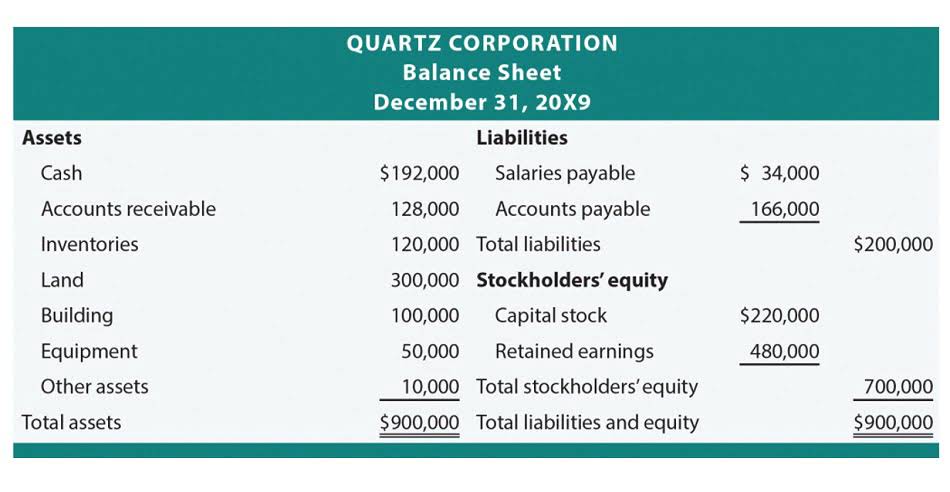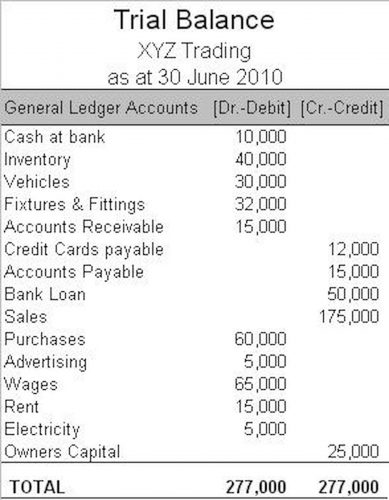
This equity represents the net value of a company, or the amount of money left over for shareholders if all assets were liquidated and all debts repaid. From the point of view of an investor, it is essential to understand the stockholder’s equity formula because it represents the real value of the stockholder’s investment in the business. The stockholder’s equity is available as a line item in the balance sheet of a company or a firm. The company’s stockholders are usually interested in the stockholder’s equity, and they are concerned about the company’s earnings.
How to Interpret this Ratio?
- The Return on Equity is essentially a company’s net income divided by the shareholders equity.
- If this figure is positive, the company has sufficient assets to cover its liabilities.
- Because net income is earned over a period of time and shareholders’ equity is a balance sheet account often reporting on a single specific period, an analyst should take an average equity balance.
- An industry will likely have a lower average ROE if it is highly competitive and requires substantial assets to generate revenues.
- In other words, shareholders equity is the total asset of a company minus its total liabilities.
These may include loans, accounts payable, mortgages, deferred revenues, bond issues, warranties, and accrued expenses. Liabilities are debts that a company owes and costs that it must pay to keep running. Debt is a liability whether it’s a long-term loan or a bill that’s due to be paid.
Not Ideal for Service-Based Companies
However, an extremely high ROE can also be the result of a small equity account compared to net income, which indicates risk. An outsize ROE can be indicative of a number of issues, such as inconsistent profits or excessive debt. In general, both negative and extremely high ROE levels should be considered a warning sign worth investigating.

What is Economic Profit? Understanding True Business Performance Beyond Accounting Numbers

The existence of a fiduciary duty does not prevent the rise of potential conflicts of interest. ROE often can’t be used to compare different companies in differing industries. ROE varies across sectors, especially as companies have different operating margins and financing structures. In addition, larger companies with greater efficiency may not be comparable to younger firms.
- This straightforward relationship between assets, liabilities, and equity is the foundation of the double-entry accounting system.
- When calculating the shareholders’ equity, all the information needed is available on the balance sheet – on the assets and liabilities side.
- Changes in balance sheet accounts are also used to calculate cash flow in the cash flow statement.
- Positive shareholder equity means the company has enough assets to cover its liabilities.

Negative shareholder equity means that the company’s liabilities exceed its assets. Let’s assume that ABC Company has total assets of $2.6 million and total liabilities of $920,000. The simplest and quickest method of calculating stockholders’ equity is by using the basic accounting equation. Since repurchased shares can no longer trade in the markets, treasury stock must be deducted from shareholders’ equity. The calculation includes information from the company’s balance sheet; it can Certified Bookkeeper be difficult to pinpoint the accuracy of depreciation and other factors. In addition, a company’s assets and liabilities can change at any time because of unforeseen circumstances.
Shareholders equity calculation example
- Using the return on equity ratio, equity investors can determine the return the company made on their equity investment (ROE).
- A riskier firm will have a higher cost of capital and a higher cost of equity.
- In the absence of a balance sheet, the shareholder’s equity can be determined by adding up all assets and deducting all liabilities to get the shareholder’s equity.
- For example, the equity of a company with $1 million in assets and $500,000 in liabilities is $500,000 ($1,000,000 – $500,000).
This number is the sum of total earnings that weren’t paid to shareholders as dividends. Instead of the total equity at the end of the period, it takes an average of the opening and the closing balance of equity for some time. While not a regular occurrence, it is possible for a company to have a negative total shareholders equity formula D/E ratio, which means the company’s shareholders’ equity balance has turned negative. The purpose of the equity ratio is to estimate the proportion of a company’s assets funded by proprietors, i.e. the shareholders.

- The higher the ROE, the more efficient a company’s management is at generating income and growth from its equity financing.
- Common examples include accounts payable, short-term loans, dividends payable, notes payable, the current portion of long-term debt, accrued expenses, and income taxes payable.
- You can easily calculate the return on average equity in the template provided.
- Purchasing a company’s stock over time gives the privilege or the right to vote in a board of directors elections.
- It is calculated by subtracting a company’s total liabilities from its total assets.
Each year’s losses are recorded on the balance sheet in the equity portion as a “retained loss.” These losses are a negative value and reduce shareholders’ equity. Assume that there are two companies with identical ROEs and net income but different retention ratios. The SGR is the rate a company can bookkeeping grow without having to borrow money to finance that growth. The formula for calculating SGR is ROE times the retention ratio (or ROE times one minus the payout ratio). The book value of equity is essentially the same as SE, representing the net worth of the company attributable to the company’s shareholders after deducting liabilities from assets.



